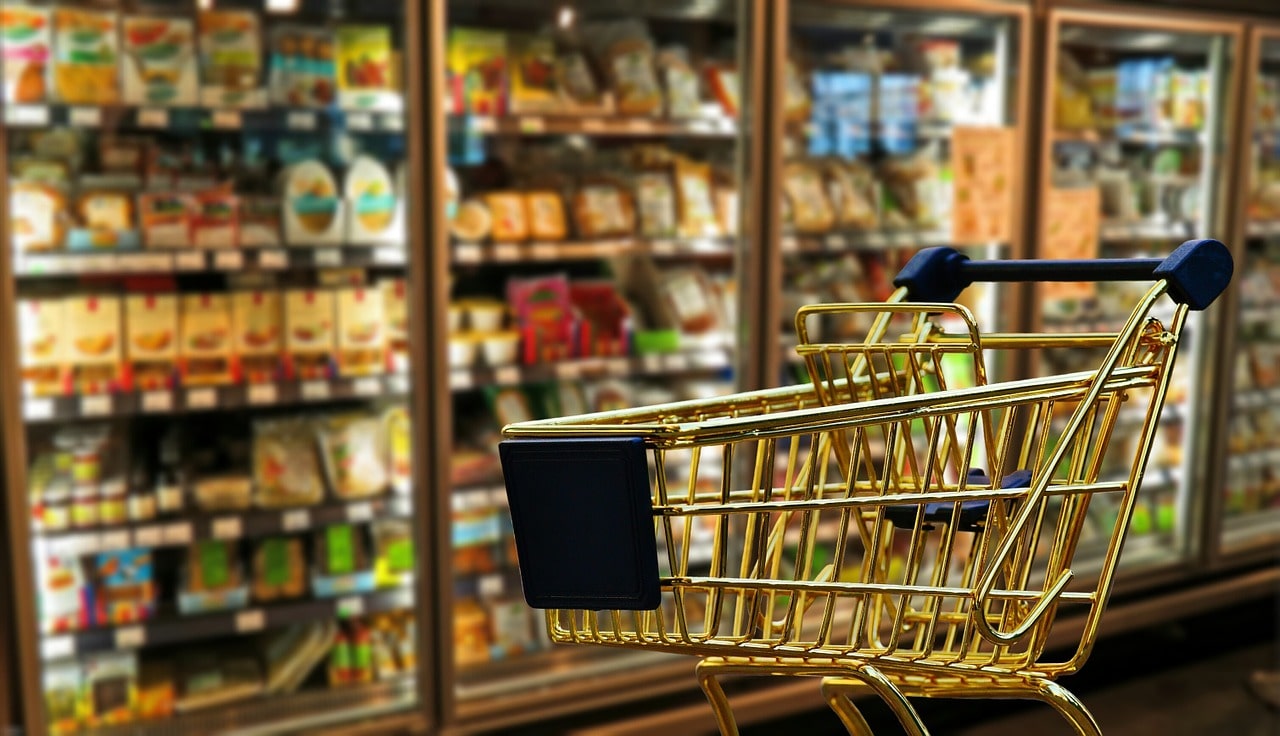
What is a promotional campaign?
A promotional campaign is a marketing tool aimed at boosting product sales in the short term. It can include discounts, special offers, product tastings, or displays that attract customer attention and encourage purchases.
Retailers run discounts and promotions in stores and supermarkets to:
- Get rid of old inventory.
- Create more space for new products.
- Attract new customers.
- Increase sales.
Retail discounting, a reduction in the usual price, is one of the fastest and proven ways to attract new and regular customers. By reducing prices, retailers increase purchase opportunities and demand.
Promotion (consumer promotion, promo) provides the activities (promotions) to advertise a certain product. A promotion is aimed at potential buyers to promote a product or brand. The purpose of a promotion is to stimulate sales.
Interesting to know: If you ever thought discounts and promotions were new and modern. That's not entirely true. The first discount coupons, presented by a Coca-Cola marketer, appeared in 1887.
Happy Clients
It has been proven that customers who take advantage of discounts and save their budget feel happier. In addition, after a profitable purchase, customers feel a certain loyalty to the brand or store. That is if customers like to buy from you, then most likely they will come back to you and buy in the future. Don't disappoint them!
Minimal Risk
Discount strategies are the least risky way to boost sales and acquire customers who still don't know about your store. Sales at discounted prices usually occur through special promotional codes, coupons for individual customers, or price reductions for specific product groups for all store customers.
Omnichannel Promotion Campaigns
Retailers attract the customer's attention to discounted goods with the help of in-store advertising stands, displays, racks, shop windows, gondolas, various monitors, and signs. The battle for the buyer's attention is conducted across all possible channels: advertising on television, radio, the Internet, the website, e-mail newsletters, and social networks.
Profitable Goods
When developing a retail discount or promotion strategy, list the most profitable products that can increase sales. This can be an increase in the number of items in one check or an increase in checks with a certain product.

Discounters
A discounter is a store that sells goods at discounted prices. Discounters are believed to have a limited range of goods and a minimum set of services for customers. There are several types of discounters:
- full-line discounter – discount supermarket;
- quality discounter – a discount store that sells quality items from well-known brands;
- soft-goods discounter – offers light industry goods at discount prices;
- hard-goods discounter – electronics, hardware, and auto parts stores are available at discounted prices.
Discounters benefit from high assortment volume. Discount store retailers buy vast quantities from manufacturers for a massive discount. They work with bulk purchasing and efficient logistics to keep costs down.
What do you need to achieve effective results when running promotions? How to stimulate sales with the help of promotions and not make a mistake?
The apparent purpose of the promotional campaign
What result will be considered successful? What metrics will you record? The absence of a goal in any business is guesswork. Retailers who think carefully about marketing campaigns plan all stages of the process, predict results, and get high sales and profits.
However, your goal is pretty simple: sell as much as possible. Offer discounts, including product bundles, promotions, or rewards for loyalty program members.
Analysis of Discounts and Promotions
Discounts can reduce profits, so you need to determine how much sales should be to cover the profit decrease. Otherwise, you risk losing income.
Margin (gross margin) – the difference between the sale price and the cost of goods. The margin shows how much profit the sale of one item will bring, considering all the purchase, storage, or delivery costs.
Example: We offer a box of makeup with a margin of 17%. We sell them at a 5% discount.
What percentage of sales volume should you increase to compensate for the 5% discount?
Formula:
Conclusion: To give a customer a 5% discount, you need to sell 41.6% more goods than you would sell without a discount.
Therefore, before launching a discount promotion, calculate whether it will be profitable. Consider all the pros and cons.
Small Business Discounts
Permanent discounts in small chains or individual stores are too expensive. Larger chains can constantly run promotions and discounts because they sell more products and incur lower costs. In any case, large and small businesses need a strategy for retail discounts and promotions.
We should determine how prices affect clients' attitudes and perceptions of discounts.
What is Price Sensitivity?
The degree to which a particular price influences the perception and behavior of the buyer at the time of purchase is called price sensitivity. This indicator is usually measured using the price elasticity of demand, or how the demand for a product changes with the change in its price. By analyzing price sensitivity, retailers can make product and service decisions.
Remember! Buyers associate higher prices with higher quality and value. By lowering the price of a product, you can reduce the perceived value of the products and the entire brand. A significant discount may cause suspicion. Customers may think that something is wrong with the goods. Significant discounts can arouse suspicion of dubious quality or fraud.
When you offer a quality product for less than its cost of production, this weakens the brand and reduces customer loyalty.
Bargain Hunters
Be ready to get conditional customers instead of regular customers. Thanks to discounts, your customers can become customers who will buy from you only during promotions and sales in stores. These are thrifty shoppers or so-called bargain hunters. And these are not your loyal customers, so you should not focus on them. Because in the future, they will not contribute to the overall development of your business.
Analyze customers and segment them
To increase in-store sales, create and tailor offers and discounts for different segments of customers based on their previous purchases or preferences. Some promotions work better than others and with different segments of buyers, so determine the most effective ones for yourself.
How do we Measure the Effectiveness of In-Store Promotions?
ROI (Return On Investment) or ROMI (Return On Marketing Investment) is the return on investment, an important indicator that should be measured during promotions.
How to calculate the ROI of a promotional campaign?
Subtract the cost of spending on promotions from the profits generated by promotions. Next, divide that number by the cost of spending on promotions and multiply by 100 to get a percentage.
For example, if your promotion brought the store 1,000 US dollars in profit. You spent 500 US dollars on the promotion. Then, the return on investment will be 100 percent.
ROI
ROI of 100% means that the promotion generated a profit twice the cost.
Planogram as a tool for a successful promotion
For a promotion to be truly effective, it's important not only to define the offer but also to organize the product display properly. This is where planograms come in. With planograms, you can:
-
allocate space for a promo zone or shelf;
-
ensure optimal product placement for better visibility;
-
control display execution at each store level;
-
avoid confusion when launching the campaign across multiple locations.
Planograms enhance the effectiveness of promotions, increase product visibility, and help achieve better sales results.
Stay Profitable
Analyze and evaluate every step of your promotion campaigns. Offer discounts that allow you to set a lower price and remain profitable at the same time. Define your promotional goals. Try different strategies and choose the best ones for your retail chain.
Looking for a service to create planograms?
Try a free demo version of PlanoHero




